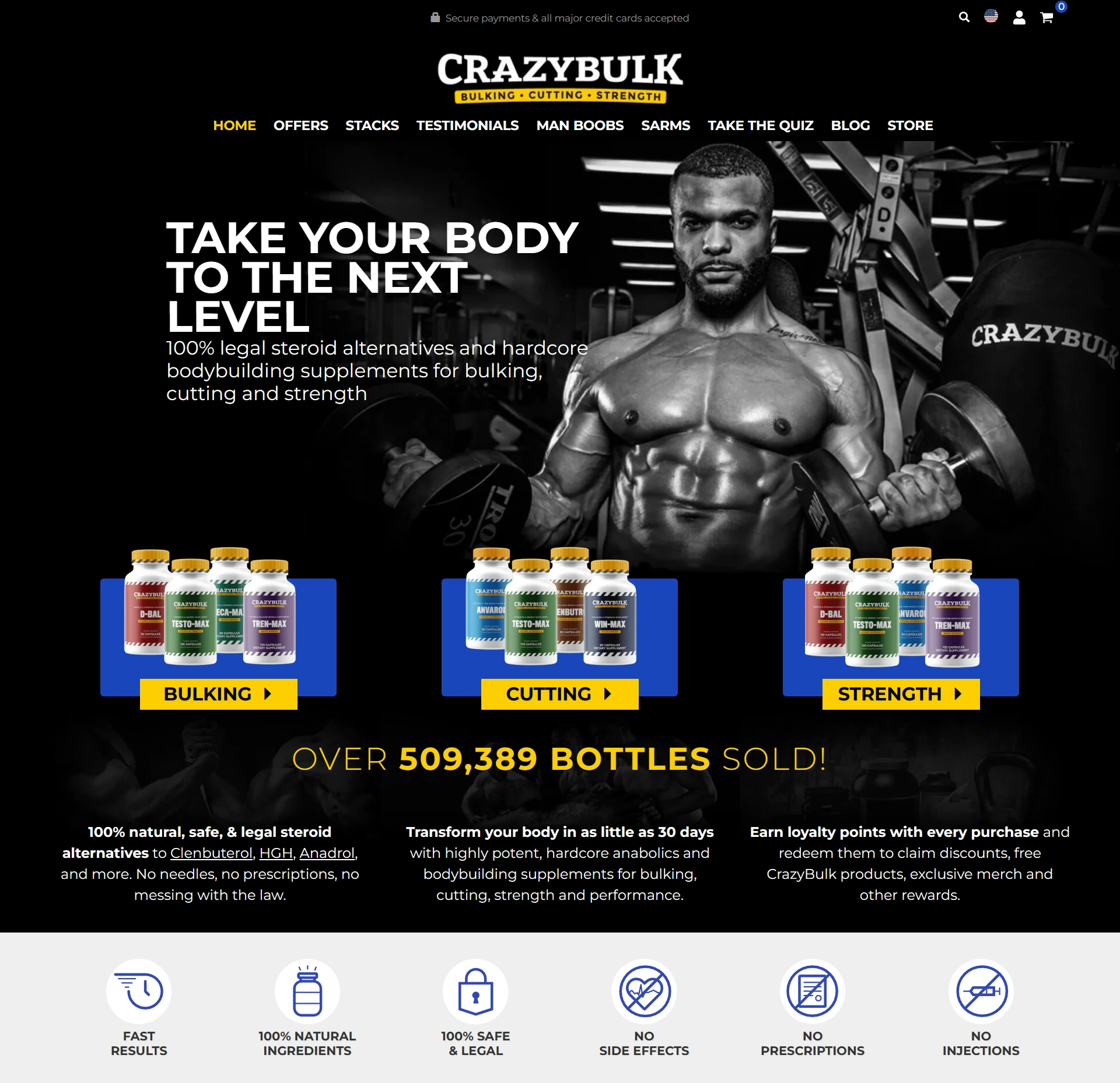
what is the half life of testosterone
Add a review FollowOverview
-
Founded Date March 30, 1981
-
Sectors Τουριστικά
-
Posted Jobs 0
-
Viewed 201
Company Description
Normal Testosterone Levels and Symptoms of an Imbalance

Testosterone Test: Free & SHBG, High vs Low vs. Normal Levels
Most of the testosterone in the blood is bound to a protein called sex hormone binding globulin (SHBG). Testosterone that is not bound (“free” testosterone) may be checked if a man or a woman is having sexual problems. Free testosterone also may be tested for a person who has a condition that can change SHBG levels, such as hyperthyroidism or some types of kidney diseases.
Short-term memory typically weakens, but long-term memory is well preserved. These changes give rise to “the senior moment” in healthy elders and to cognitive impairment and dementia in those who are not so lucky. As a rule, men tend to be less social and more independent, less communicative and more active. Men may thank these traits for their political dominance and economic success, but they also contribute to the occupational injuries, accidents, substance abuse, and violence that cost so many men their lives. Among 15- to 24-year-old Americans, for example, the death rate of males is three times that of females. Motor vehicle accidents and homicides account for much of the difference, but suicide is also more common in teenage boys than girls. In its last throes, this quintessential male hormone is converted to estradiol, a major female hormone.
And you can low testosterone make you gay (www.primaryonehealth.org) also get many of the purported benefits of testosterone for your body without any of its risks. Along with a healthy amount of dietary protein, resistance exercises and other forms of strength training will help preserve muscle mass and strength, bone density, and musculoskeletal function. A reasonable consumption of calcium (1,200 milligrams a day) and vitamin D (800 international units a day) will help prevent osteoporosis. And since illness and obesity accelerate the age-related decline in testosterone levels, healthy living may actually make your testosterone levels 10 years younger. You may be recommended to make lifestyle changes such as increasing exercise, improving diet, or quitting smoking. However, Testosterone Replacement Therapy (TRT) is an option for men whose low T-levels are not so easily improved.
And 10 a.m., so your provider may ask you to come in for testing then. Your doctor will help you decide if measuring your testosterone levels is important. Blood tests are the only way to know for certain if testosterone levels are low. The normal range is above 300 nanograms per deciliter (ng/dL). Two blood tests on separate days must show low testosterone levels before a diagnosis is confirmed. Maintaining normal testosterone levels throughout a man’s life can support his sex drive and fertility, and build the strength of his muscles and bones.
Unlike the precipitous drop in hormones that women experience at menopause, however, the decline in men is gradual, averaging just over 1% a year. This drop is imperceptible at first, but by age 70, the average man’s testosterone production is 30% below its peak. Still, testosterone levels remain within the normal range in at least 75% of older men, which is why many men can father children in their 80s and beyond. It’s normal for testosterone levels to decrease with age or with the use of certain medications like corticosteroids or opiate pain medication.
Membership of the Panel included specialists in urology, cardiology, family medicine, and psychology with specific expertise on this disorder. The mission of the Panel was to develop recommendations that are analysis-based or consensus-based, depending on Panel processes and available data, for optimal clinical practices in the treatment of muscle-invasive bladder cancer. Each member of the Panel provides an ongoing conflict of interest disclosure to the AUA. While these guidelines do not necessarily establish the standard of care, AUA seeks to recommend and to encourage compliance by practitioners with current best practices related to the condition being treated. As medical knowledge expands and technology advances, the guidelines will change.
Testosterone therapy may also be used to treat hypoactive sexual desire disorder in postmenopausal women and to produce physical male sex characteristics in female-to-male transgender patients. Testosterone is often referred to as “the male sex hormone”, but it is also produced in (and important for) females. In males, testosterone helps regulate sex drive and erectile function, muscle mass and strength, body fat distribution, bone density, and sperm production. In females, the role of testosterone is only partially understood, but it helps produce estrogen and may help regulate how eggs develop in the ovaries. Abnormal testosterone levels in both males and females may result in changes to your overall health and physical appearance.
These findings support the concept that sexual function represents a multidimensional condition that cannot be easily captured using subjective sexual function questionnaires. Because of circadian variations in testosterone levels, serum testosterone measurement should occur in the morning, or within two hours of awakening in shift workers (Figure 19 ). Although there is no universal laboratory definition of hypogonadism, in most laboratory reference ranges, the lower limit of normal is between 250 and 350 ng per dL (8.7 to 12.2 nmol per L). The Evaluation and Management of Testosterone Deficiency AUA Guideline provides guidance to the practicing clinician on how to diagnose, treat and monitor the adult male with testosterone deficiency. The care of testosterone deficient patients should focus on accurate assessment of testosterone levels, symptoms and signs as well as proper on-treatment monitoring to ensure therapeutic testosterone levels are reached and symptoms are ameliorated. Guidance is also given on the management of patients with cardiovascular disease, men who are interested in preserving their fertility and men who are at risk for or have prostate cancer. Testosterone therapy is a billion-dollar industry, with studies reaching myriad conclusions on the pros and cons of the treatment.


